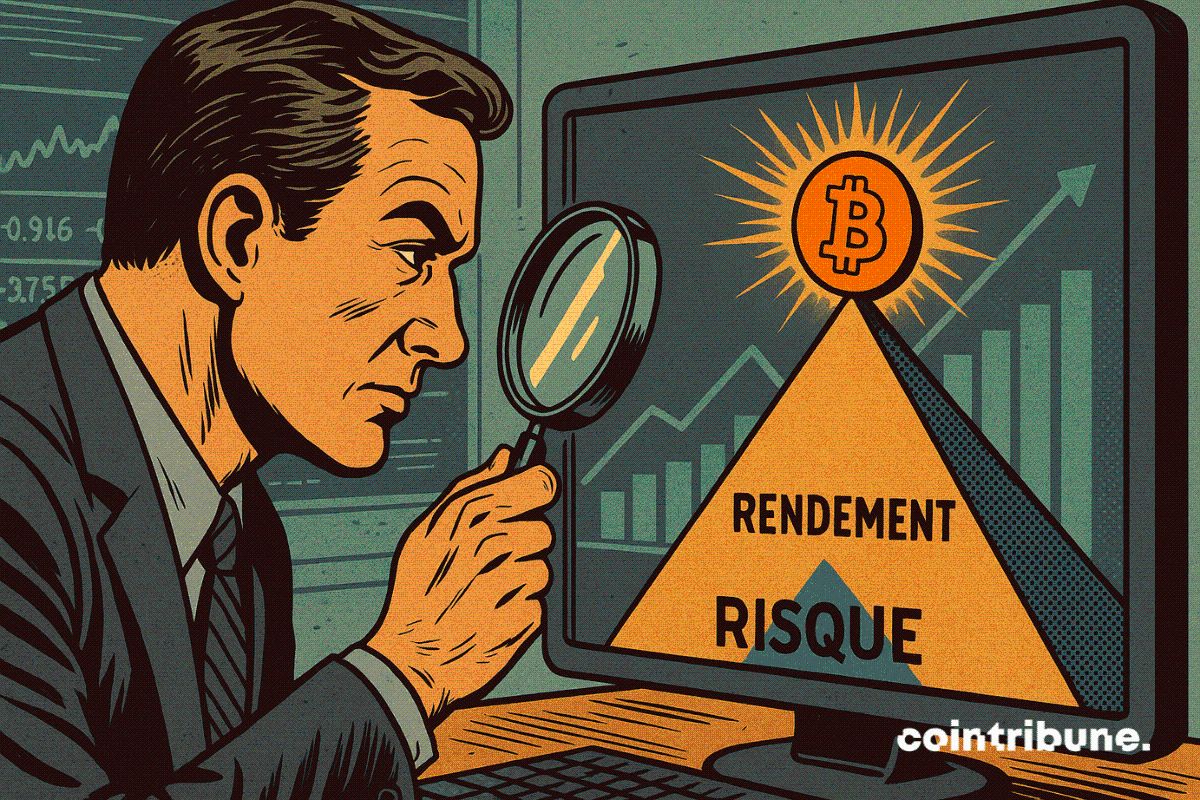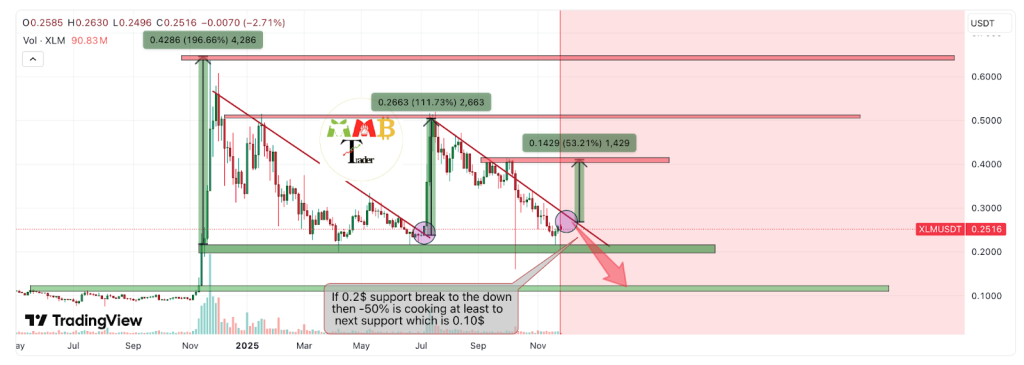Vitalik proposes gas cap to enhance Ethereum security, stability
Ethereum co-founder Vitalik Buterin and researcher Toni Wahrstätter have put forward EIP-7983, which aims to introduce a protocol-level cap on transaction gas usage to increase network security and performance.
The proposal sets a maximum gas limit of 16.77 million (2²⁴) for individual transactions. “By implementing this limit, Ethereum can enhance its resilience against certain DoS vectors, improve network stability, and provide more predictability to transaction processing costs,” the proposal reads.
Under the current Ethereum architecture, a single transaction can theoretically consume the entire block’s gas limit, posing a risk of denial-of-service (DoS) attacks and leading to unpredictable network behavior.
By capping individual transactions, EIP-7983 seeks to distribute gas consumption more evenly, reducing the chance of single transactions overwhelming block capacity.

Gas cap to boost zkVM compatibility
The proposed cap is also designed to improve compatibility with zero-knowledge virtual machines (zkVMs) by encouraging large transactions to be split into smaller chunks.
According to the draft, transactions specifying gas limits beyond 16.77 million would be rejected during block validation, ensuring they cannot enter the network or be included in new blocks. The cap is independent of the overall block gas limit, which miners and validators can still adjust within existing consensus rules.
Buterin and Wahrstätter chose 16.77 million as the cap to balance complexity and performance, arguing it accommodates current advanced DeFi use cases and contract deployments without introducing unnecessary risks.
“This value enables most current use cases including contract deployments and advanced DeFi interactions while ensuring consistent performance characteristics,” the proposal reads.
While the proposal isn’t backward-compatible for transactions exceeding the new limit, the authors noted that most existing transactions fall well below the cap, minimizing the impact on users and developers.
EIP-7983 builds on prior efforts, like EIP-7825, to improve predictability in transaction execution.
Vitalik wants to make Ethereum simple
In May, Buterin called for simplifying the Ethereum network’s base protocol to boost efficiency, security, and accessibility, inspired by Bitcoin’s minimalist approach.
At the time, he proposed restructuring Ethereum’s architecture across consensus, execution, and shared components to achieve a leaner design within five years. Buterin argued that Ethereum’s growing complexity has led to longer development times, higher costs, and increased security risks.
More recently, the Ethereum mastermind introduced a new kind of digital identity system dubbed “pluralistic identity,” arguing it could protect privacy while enabling fair participation in digital life.
Disclaimer: The content of this article solely reflects the author's opinion and does not represent the platform in any capacity. This article is not intended to serve as a reference for making investment decisions.
You may also like
Do Kwon Wants Lighter Sentence After Admitting Guilt

Bitwise Expert Sees Best Risk-Reward Since COVID

Stellar (XLM) Price Prediction: Can Bulls Push Toward $0.30 in December?

21Shares XRP ETF Set to Launch on 1 December as ETF Demand Surges
